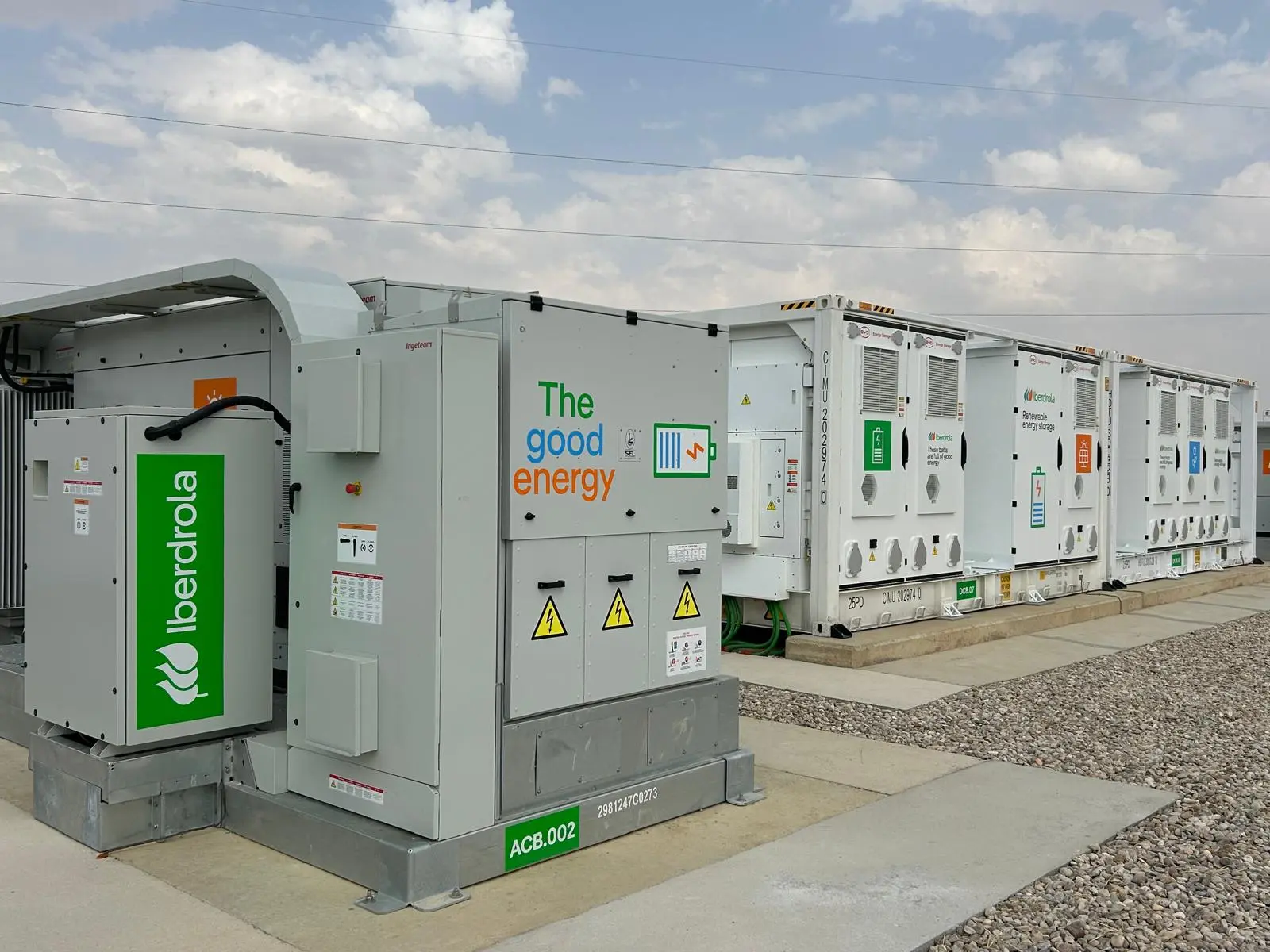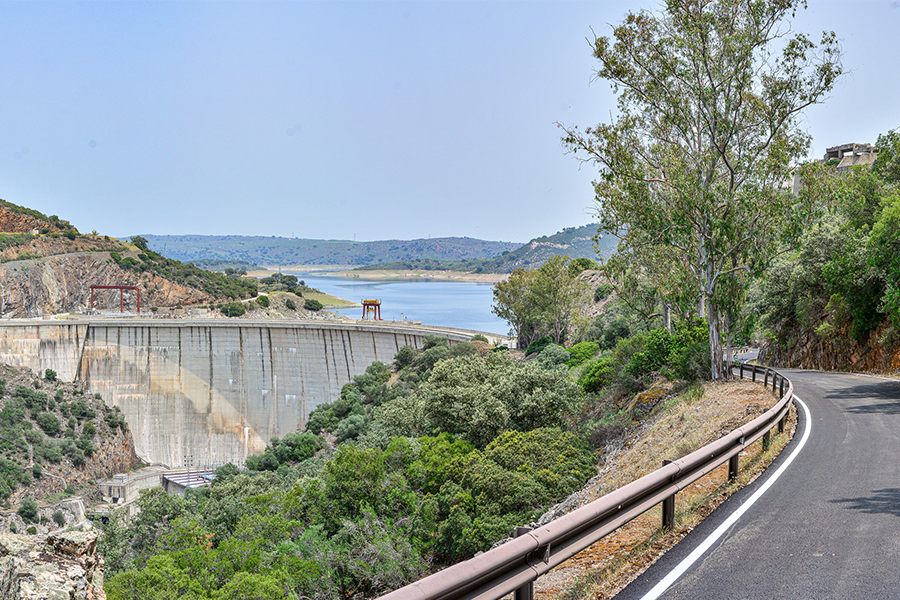PUMPING STATIONS IN SPAIN
Discover how pumped-storage power plants work and their essential role in energy storage in Spain
With the increasing use of renewable sources to generate electricity, there is a need to store the renewable energy produced. Wind and solar energy production uses unmanageable energy sources whose availability does not always coincide with demand, resulting in energy surpluses at times of higher renewable production and, conversely, the need for other generation technologies when the renewable resource is scarce.
Therefore, the incorporation of efficient storage systems is essential. In this respect, pumped hydro power plants emerge as the most efficient and cost-effective renewable option for large-scale storage.
In addition, the construction of these plants helps to stimulate the economy by generating a large number of jobs and helps to fix the population in the surrounding area, contributing to a large extent to the demographic challenge in areas that are generally in population decline.
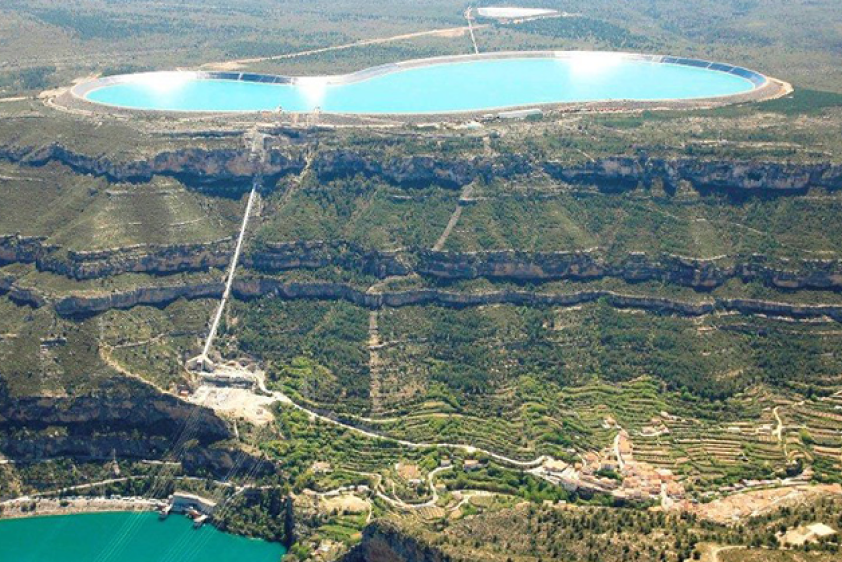
According to the International Energy Agency (IEA), pumped hydro plants currently account for more than 90% of the EU's energy storage capacity. These installations offer energy storage efficiency, are a flexible and secure solution, promote the integration of renewable sources into the energy system and generate large amounts of energy in fast response times without emitting polluting gases into the atmosphere.
Spain currently has 18 pumped-storage hydroelectric power plants with an installed capacity of 6 GW.
What is a pumping station?
Pumped-storage power plants have two water reservoirs at different heights. During off-peak hours, water is pumped from the lower reservoir to the upper reservoir. Once there, this water is used to generate electricity at times of peak electricity consumption.
Thus, pumped-storage power plants are able to improve the economic efficiency of the electricity system by storing electricity in the form of dammed water for long periods of time. These facilities allow for greater integration of unmanageable renewable energy, while also providing stability, security and sustainability to the electricity system without creating emissions into the atmosphere.
The key elements of a pumping station
Operation of a pumped-storage hydropower station
1 Lower resorvoir or river
2 Penstock
3 Upper reservoir
4 Dam
5 Intake and discharge tunnels
6 Turbinas
7 Generator
8 Surge chamber
9 Transformers
10 Power grid
11 Drains
How does a pumped-storage hydropower plant work?
At times of lower demand and higher production of non-manageable renewable wind or solar energy, surplus energy is used to lift water from the lower reservoir (1) to the upper reservoir. This is achieved by means of a hydraulic pump that, fed through the electrical grid (10), transforms the electrical energy into mechanical energy by propelling the water through a penstock (2) and a conduction tunnel (5). Once at the top, the upper reservoir (3) acts as a water storage tank.
During peak hours, when demand is not met by unmanageable renewable generation, the pumped storage plant operates in a similar way to a conventional hydropower plant. The process starts with the water stored in the upper reservoir, closed by a dam (4), which is directed through the conduction tunnel (5) to the lower reservoir. In this section, the water acquires kinetic energy as it passes through the penstock, which is converted into rotating mechanical energy in the hydraulic turbine (6). This energy is then converted into electrical energy in the generator (7). In some cases, a surge tank (8) is used to regulate the water pressures between the preceding conduits.
The electricity produced in the power plant is then routed through the transformers (9) and transported over high-voltage lines to the households and industries connected to the electricity grid for consumption. Meanwhile, the water, once it has generated the electricity, flows down to the lower reservoir through the drainage channel (11), where it is stored again.
The differentiating aspect of reversible hydroelectric power compared to conventional power lies in the fact that this cycle of rising and falling water can be carried out as many times as necessary without additional water consumption.
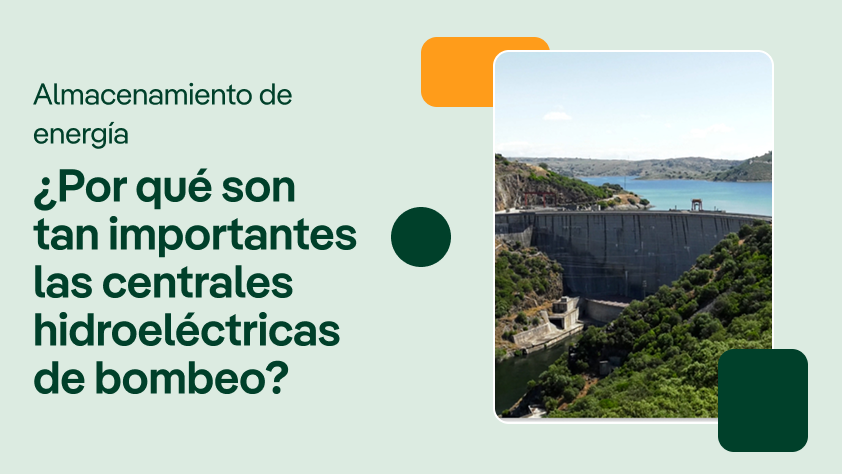
Pumped-storage hydropower plants not only generate energy, they also store it. (Spanish version)
Innovative technologies in pumped-storage hydropower plants
In recent years, hydroelectric storage has acquired an essential role in the electricity system due to the renewable growth experienced and forecast for the coming decades. In this regard, it is necessary to locate new facilities using existing infrastructures and at the same time seeking to provide greater flexibility in operation.
Innovative components to be highlighted in pumped-storage hydropower plants include:
-
Turbine and pump. The greater flexibility required in the electrical system implies an improvement in the response time, and to this end, advances have been made in the start-up system. On the other hand, the introduction of variable speed makes it possible to improve the adjustment of pumping power and to adapt pumping schemes between reservoirs that have a large variation in levels. The experience acquired and the improvement in the use of computational models make it possible to cover larger installed capacities and to design plants with increasingly higher head and flow rates.
-
Advances in power electronics. The advances introduced in this field make it possible to increase flexibility in operation and facilitate the reconversion of conventional plants into reversible ones.
-
Adaptation to existing infrastructures. The introduction of pumped hydroelectric systems between two existing reservoirs requires an innovative approach to adapt the hydraulic design to very specific technical constraints. This field will make it possible to reduce the environmental impact caused, the cost of these systems and the time taken to implement the projects.
-
Materials. The introduction of high-strength steels, improvements in welding procedures, protection systems, high-strength concretes or the use of tunnel boring machines in the execution of underground excavations, make it possible to undertake plants with a longer useful life, shorter construction time and less environmental impact adapted to more demanding conditions.
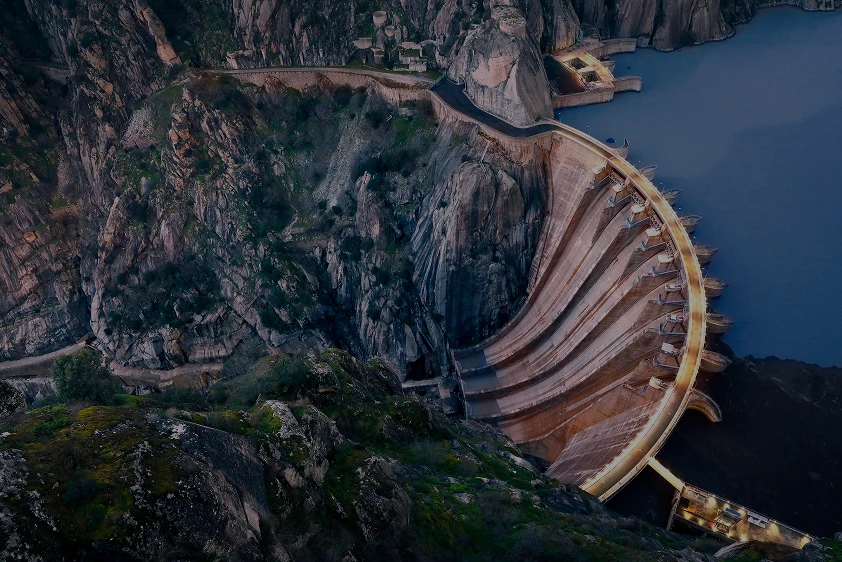

Energy mix in Spain
Pumped-storage hydroelectric power plants in Spain and in the Iberian Peninsula
Iberdrola España operates pumped-storage hydroelectric plants not only in Spain, but also throughout the Iberian Peninsula, including areas close to the border between Portugal and Spain, where facilities such as Gouvães are located.
Iberdrola España currently leads in energy storage, with 4.5 GW of capacity installed in Spain and Portugal using pumped-storage technology, the most efficient method at present. At the end of 2022, the company reached 101.2 gigawatt hours (GWh) of storage capacity, exceeding its forecast by more than 10%. Iberdrola España's most important pumped-storage hydroelectric plants include La Muela, Villarino, Támega and Santiago-Sil-Xares.
La Muela pumping station
La Muela, in the Cortes de Pallás reservoir, on the right bank of the Júcar river, is considered the largest pumped hydroelectric plant in Europe. It has an installed capacity of 1,482 MW, which supplies around 400,000 homes.
Located in a cavern, the installation has seven groups of reversible turbines. These components take advantage of the 500-metre difference in elevation between the artificial reservoir at La Muela and the Cortes de Pallás reservoir in the province of Valencia.
Villarino pumping station
The Villarino power plant at the Almendra dam is of vital importance with its 810 MW of reversible installed capacity. This generates clean, renewable hydroelectric power to supply almost half a million households, and creates an environmental and social benefit for the communities around the river basin.
This plant uses the 400-metre difference in elevation between the Almendra reservoir, the third largest in Spain, and the Aldeadávila reservoir, both located in the province of Salamanca.
Tâmega pumping station
Tâmega Hydroelectric complex – one of the largest energy storage facilities in Europe, located in the north of Portugal – comprises three hydroelectric power plants. Two of them, the conventional plant Daivões and the pumped-storage plant Gouvães, are operational, while Alto Tâmega dam and hydroelectric plant are expected to be operational by spring 2024.
Gouvães pumped-storage hydroelectric power plant has an installed reversible capacity of 880 MW and, since 2022, has been delivering clean electricity to the grid from the Tâmega giga battery. This facility is reversible, allowing water from the Daivões reservoir to be stored in the Gouvães reservoir, taking advantage of the more than 650 metres difference in height between both reservoirs. Its storage capacity enables the continuous supply of electricity to the metropolitan area of Oporto for 24 hours.
Santiago-Sil-Xares pumping station
The Santiago-Sil-Xares pumping station is located in the municipality of Vilamartín de Valdeorras (Ourense, Galicia), within the Sil river basin. This station has a 230-metre drop, 50 MW of power and a storage capacity of almost 3 GWh (3,000 MWh). It also has a 5 MWh battery, which seeks to optimise the current system to provide more stability to the electricity grid by allowing clean electricity to be generated with a faster response time.
Related information


